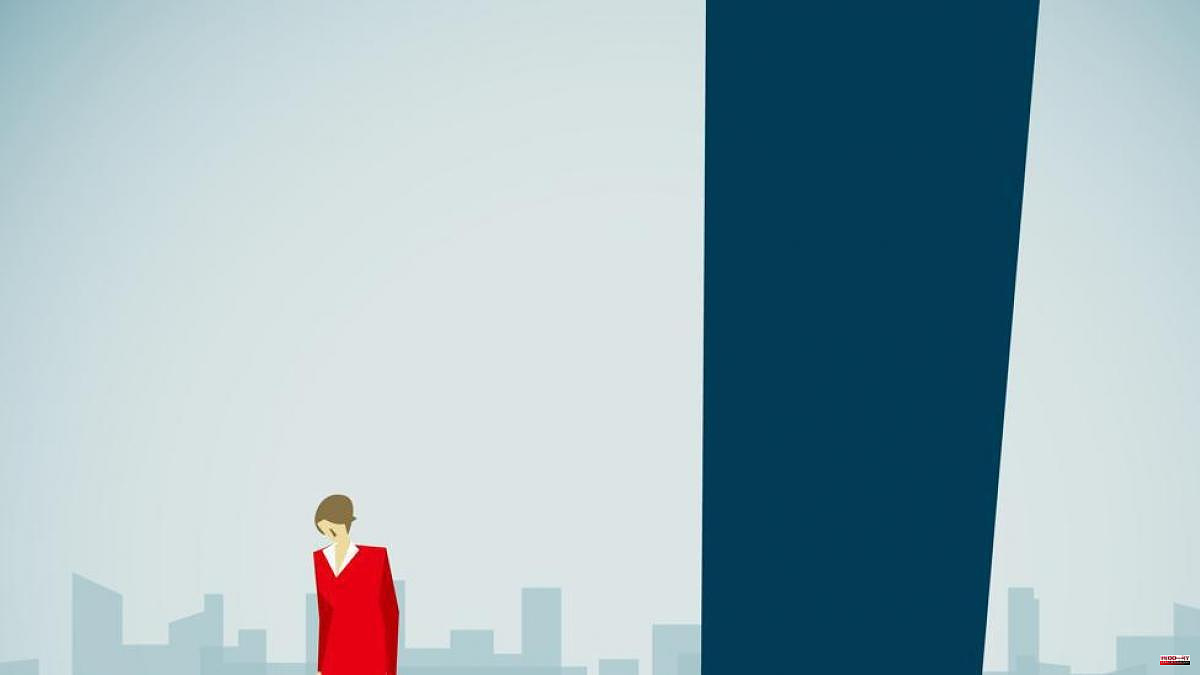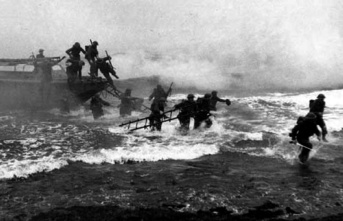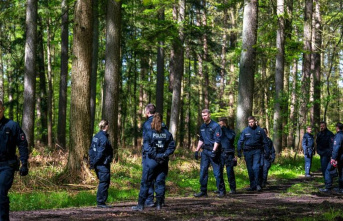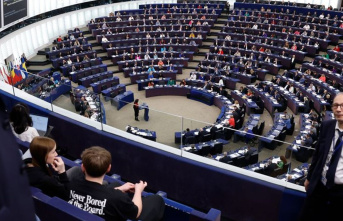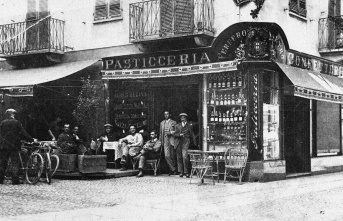For more than a century, Russia has periodically expelled its better-educated classes. It is a brain drain that responds both to the difficulties in creating good jobs and to the pressure of power to kick out the wayward.
Ruslan Bely, a popular comedian accustomed to long tours in Russian territory, explained in a recent interview that one of the cities in which he felt most comfortable performing was Magadan. "The audience is polite and smiles at the most subtle jokes, something that doesn't happen to me in other cities." Magadan, he said, is cool.
The statement seems like a display of black humor: if this city founded in 1930 in the Russian Far East is known for anything, it is for having been the heart of the Gulag, the complex of labor camps created by Joseph Stalin and officially dissolved in 1953. Magadan was built as a transit center for the thousands of prisoners who were on their way to the many forced labor camps in that region.
How can a city that was the scene of so much misfortune have a population with such a sophisticated sense of humor? Where is the mystery? The answer lies in the Gulag itself, in those who inhabited that prison universe. It is estimated that 30% of the prisoners in the camps (up to eleven million people passed through them), were "enemies of the people". That is, they were engineers, teachers, artists, company managers... The term "enemy of the people" comes from the French Revolution. Stalin generalized it to justify the repression of the better educated elites, whom he considered hostile to the revolution. As a consequence, the population of the Gulag was much more educated than the Soviet average.
The Gulag welcomed millions of well-educated people who went on to do mining, forestry, farming, or manufacturing jobs. But when the camps closed, many of them preferred to stay close to them, even if it was in cold and desolate cities like Magadan. One historian, Stephen Cohen, has put it this way: “Millions of survivors simply had nowhere to return. Years of imprisonment had destroyed everything associated with home, family, career and possessions…some exiles had started new families…had developed strong psychological ties to those areas in which they had been imprisoned for so long.”
Now, a study by two economists, Gerhard Toews and Pierre-Louis Vézina published in Vox.Eu, shows that the "enemies of the people" transmitted their interest in training to their descendants. The Gulag was designed for the annihilation of its inhabitants, but today the areas near the Gulag in which these groups settled are more prosperous than the Russian average. It is a fact that reveals the importance of human capital in the growth of countries. And it is also a joke of history: it is very likely that among those who laugh at humorist Bely's jokes are the grandchildren of those "enemies of the people" imprisoned by Stalin.
The correlation between prosperity and skilled immigration is well documented. It has been verified in European settlements in Brazil and Argentina (early 20th century); of the French Huguenots in Prussia (17th century) or in the China of the cultural revolution, in which up to 16 million university students were sent as punishment to the rural interior.
What makes Russia special is its propensity to periodically expel its better-educated classes. In some cases, internal exile, such as "enemies of the people." In others, abroad. It is a brain drain (brain drain) that responds both to labor reasons (the inability of the economic fabric to create those jobs) and to the drive of power to get rid of the wayward. The recent use by the Kremlin of the description of "foreign agent" to all those people who for their work receive funds from abroad (and there are both journalists and activists but also scientists, technology specialists, designers or actors,) is the latest proof of that propensity to suspicion.
Russia has been acting this way for a century. In the decade after the 1917 Revolution, it is estimated that a million people left for Western Europe or the United States, with names as colorful as Marc Chagall, Vasili Kandinsky or Sergei Rachmaninoff. The bleeding continued in the 1940s and 1950s. In the 1990s, when Russia made a hasty transition to capitalism, tens of thousands left. It stands out that at the top of the US administration in charge of Russian and Eastern European affairs there are descendants of those who led these migratory waves (with names like Mary Yovanovich or Alexander Vindman).
The exodus has restarted with the war in Ukraine and will continue for years to come. Russia today has a highly educated population in post-industrial activities. But according to the latest Kremlin guidelines, the new priority of economic policy after Western sanctions will be to rehabilitate traditional industrial sectors (automotive, avionics, oil and gas extraction...) that have been abandoned for thirty years.
In short, in the future that war draws, Russia will need fewer software engineers and more specialized metal workers.
4

